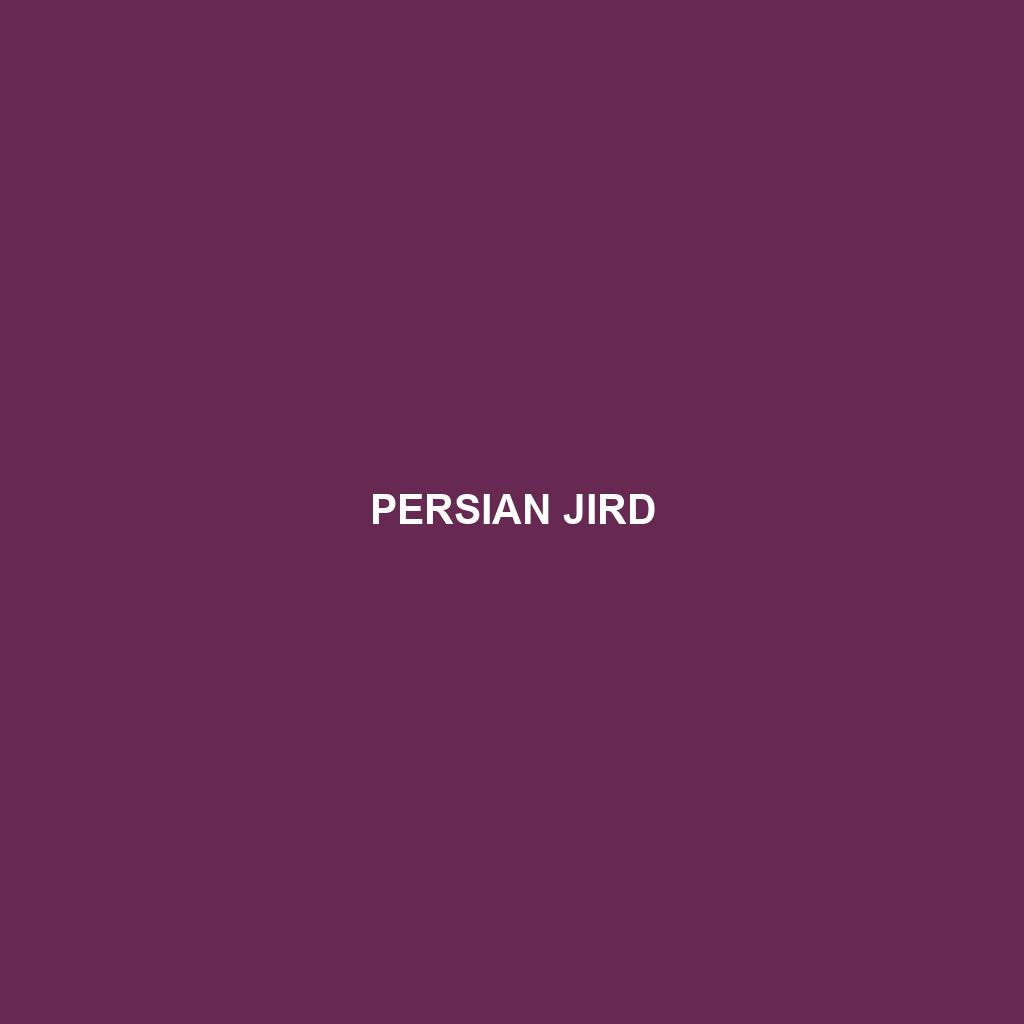Persian Jird: An Insight into a Fascinating Species
Common Name: Persian Jird
Scientific Name: Meriones persicus
Habitat:
The Persian Jird is primarily found in the arid and semi-arid regions of Central and Southwest Asia. This includes countries such as Iran, Afghanistan, and parts of Turkmenistan. These small mammals prefer sandy deserts and grasslands where they can easily burrow into the ground and find shelter from extreme temperatures.
Physical Characteristics:
The Persian Jird is a medium-sized rodent, typically measuring about 12 to 18 centimeters in body length, with a tail that can reach up to 20 centimeters. They have a slender body covered in soft, golden-brown fur with a lighter underbelly. Their large, round ears are a distinctive feature that enhances their hearing capabilities, allowing them to detect predators easily. The elongated tail aids in balance, especially when navigating their sandy habitats.
Behavior:
Persian Jirds are predominantly nocturnal, showcasing active behavior during the cooler hours of the night. They are known for their excellent burrowing skills, creating complex tunnel systems that serve as homes and storage sites for food. Socially, they are often found in small groups, demonstrating a fascinating array of communication through vocalizations and body language.
Diet:
The diet of the Persian Jird primarily consists of seeds, grains, and other plant materials. They are granivores, meaning their feeding habits revolve around collecting and storing seeds for later use. During their foraging activities, they also consume insects and other small invertebrates, which supplement their protein intake.
Reproduction:
Persian Jirds have a breeding season that typically occurs in the spring, with females capable of producing up to three litters annually. Each litter usually consists of 3 to 6 pups that are born blind and hairless. Maternal care is significant, as mothers nurture their offspring for several weeks until they are ready to venture outside their burrows.
Conservation Status:
Currently, the Persian Jird is classified as “Least Concern” according to the IUCN Red List. However, habitat destruction and climate change pose potential threats to their population. Awareness of this species and its ecosystem is crucial for ensuring its continued survival.
Interesting Facts:
Did you know that Persian Jirds can jump up to three feet in the air? This remarkable ability helps them evade predators and navigate their sandy environments. Additionally, they are known for their playful behavior, often engaging in chasing and wrestling with other jirds.
Role in Ecosystem:
Persian Jirds serve as an important species within their ecosystem. As seed dispersers, they contribute to the growth of vegetation in their habitat, which benefits other species. They also play a critical role in the food web, serving as prey for various predators, including birds of prey and snakes. Their burrowing activities also help aerate the soil, promoting healthier plant life in their environment.
